
Running Time: 105 minutes
This film from Uncork’d Entertainment will be available March 14th on digital & on demand.
While young audiences are likely more familiar with watching movies via streaming devices or traveling out to theaters, there used to be another way to catch up with the latest films. Drive-ins would allow families to drive and park under the stars to watch a film. And, if the title wasn’t kid-friendly (or it wasn’t very good), there was often a playground to have fun in or video games at the concession stand. With fewer and few sites remaining, Back to the Drive-In shows how some of these sites kept themselves afloat during the COVID pandemic. It’s an enlightening show that will inspire people to support their local drive-in, but also one that details so many hardships it may dissuade dreamers from opening their own establishments.
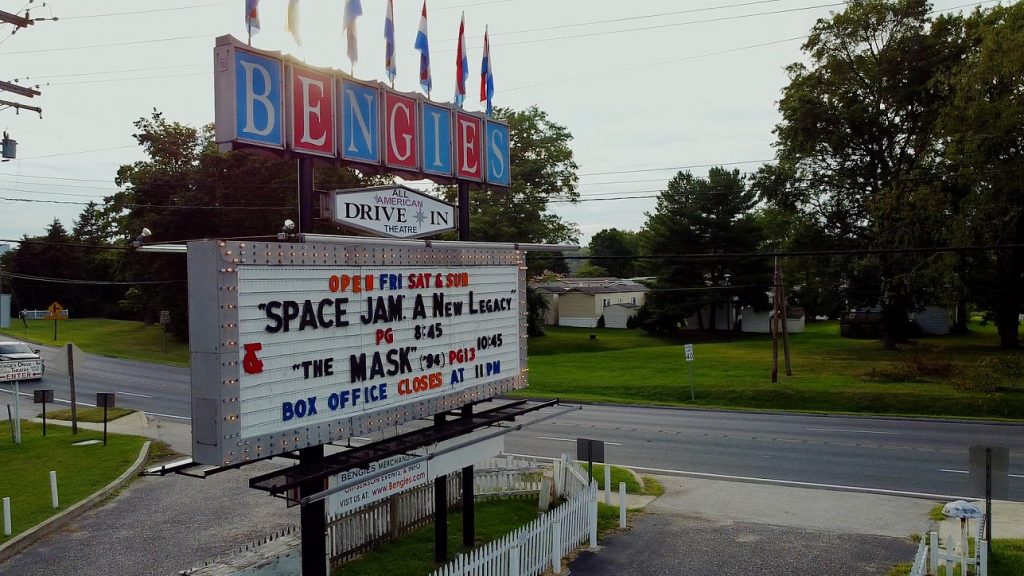
The filmmakers travel to and spend time at 11 drive-ins across the country, in such varied locations as Maryland, Massachusetts, New York, Illinois, Ohio, Nebraska, Texas and California. There’s some great drone footage that provides some incredible views of these grand and majestic sites. The newly opened Quasar Drive-In in Nebraska is beautifully designed with a spotless gorgeous concession stand, while the other sites all have their own distinct character. In fact, some shots make one feel as though they’ve traveled back in time. Viewers go behind-the-scenes to interview the owners and also see exactly what transpires during a typical evening.
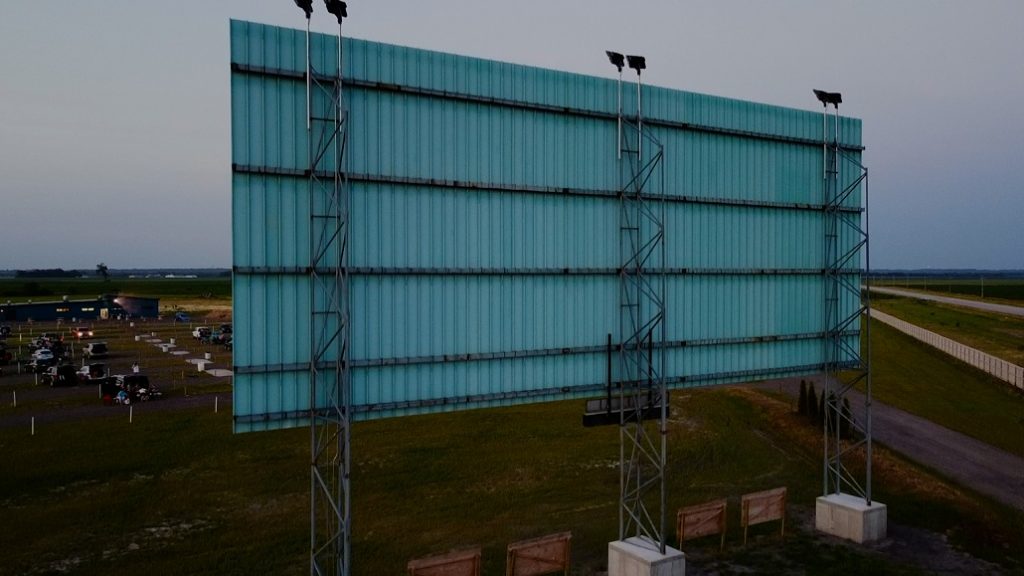
This picture immediately notes that when just about everything shut down for much of 2020 at 2021, there was a resurgence of interest in attending drive-in theaters. They were a public space still open and somewhere to go when citizens weren’t huddled up at home. Despite an uptick in attendance, the filmmakers make it abundantly clear that it wasn’t smooth sailing for these operations. For one, they note that the businesses all had to operate at least half-capacity and abide by important regulations to keep the virus from spreading. Many of the owners talk about their concessions, with several struggling to receive an adequate supply of basic packaging like drink cups. It isn’t something that would ever pop into this reviewer’s mind, but these shortages resulted in major problems in selling food products.
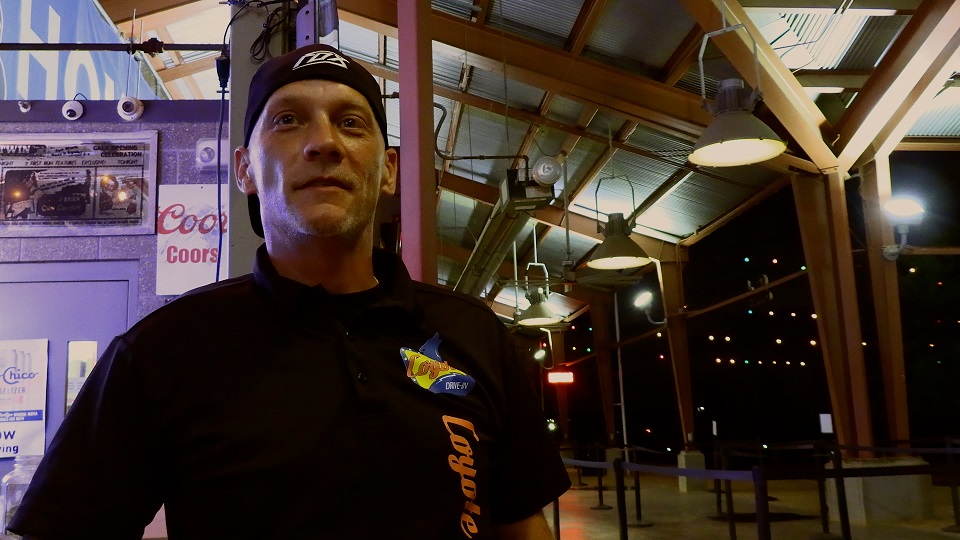
The owners also discuss other negatives about their jobs. Some problems are obvious, like bad weather and repainting/fixing damaged screens, but a few comments are surprising. The owner of the impressive Coyote Drive-in in Texas discusses how rude and violent some of his customers have become. He tells stories of his teenage staff being threatened by attendees angry for being asked to follow safety protocols. He also notes some of the bizarre customer behavior his employees have witnessed. The owner chalks it up to people being frustrated and needing to take their aggression out somehow, but is saddened by a lot of horrible behavior becoming commonplace at his venue.
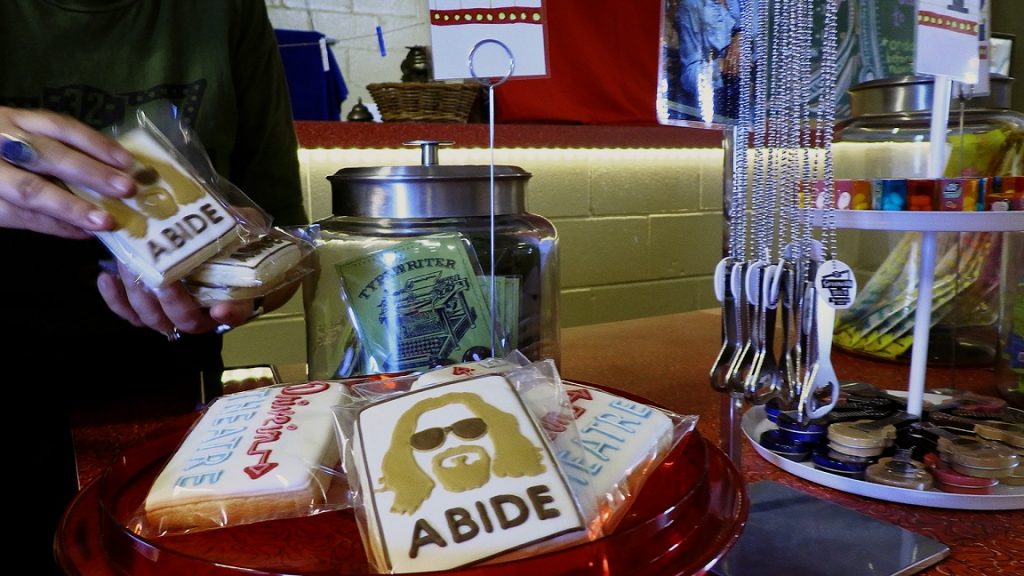
Owners also discuss other issues, like the lack of features available from studios during the pandemic. This leads to a couple of businesses brainstorming some really creative solutions. A particularly funny one comes from the owners of New York’s Greenville Drive-In, who book cult favorites like The Big Lewbowski and use movies for theme nights. We see the owners operate a licensed bar and serve White Russian cocktails, as well as baking treats with characters and references to the film. The subjects note that it’s a lot of work, but one can see that it creates an almost party-like atmosphere. Another interviewee books local bands to appear and play before movies to draw in more attendees. It actually appears to help. It’s also nice to see a few subjects genuinely concerned about the presentation of the films and making sure they look as good as they can on an outdoor screen.
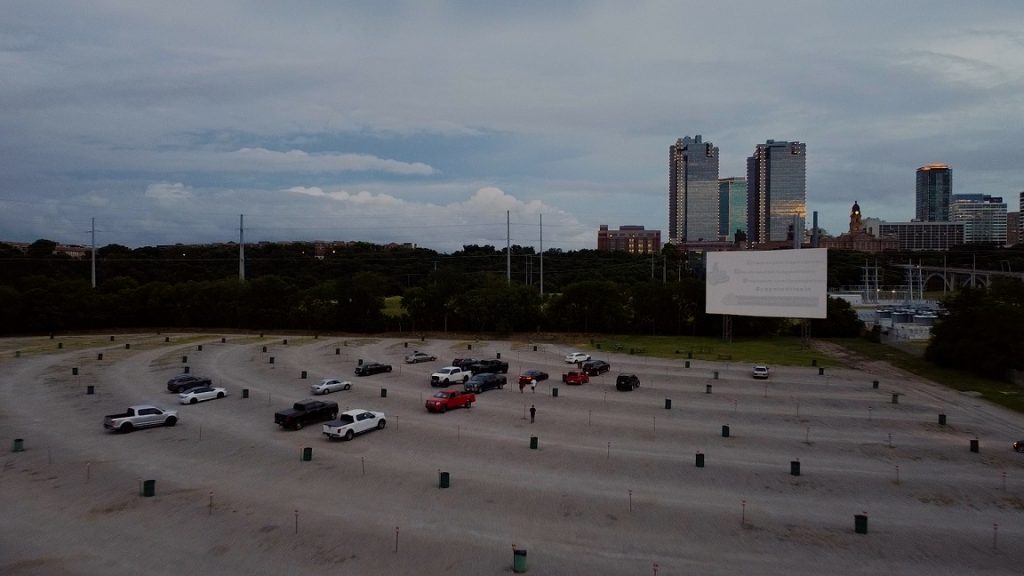
The movie is of more interest to those familiar with and have nostalgic feelings towards drive-ins (this reviewer would definitely quality). At certain points, the film does become repetitive, seeing as most owners face the same challenging obstacles. Regardless, there are a lot of unique observations about the business. The movie does an exceptional job of showing the beauty of drive-ins, as well as how hard it is to operate one at a profit – the only downside is that it may make potential investors/owners fearfully aware of how truly challenging it is to survive. But at least Back to the Drive-In reinforces the idea that these independent establishments are culturally important and desperately need our continued support.


